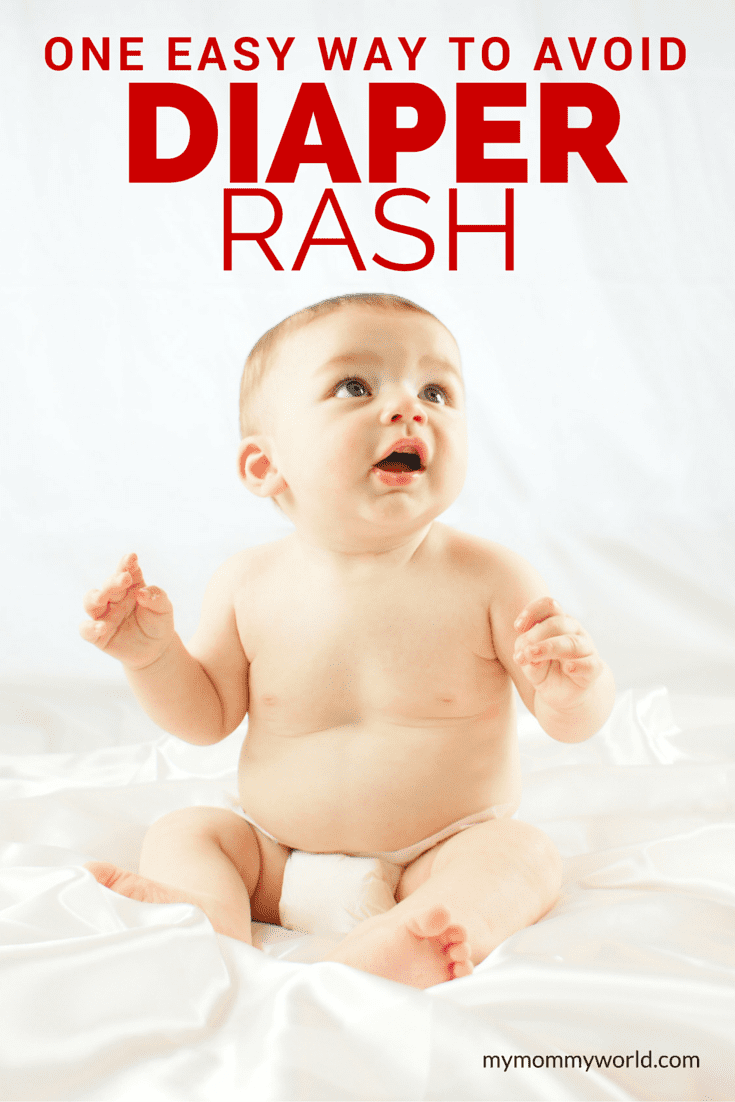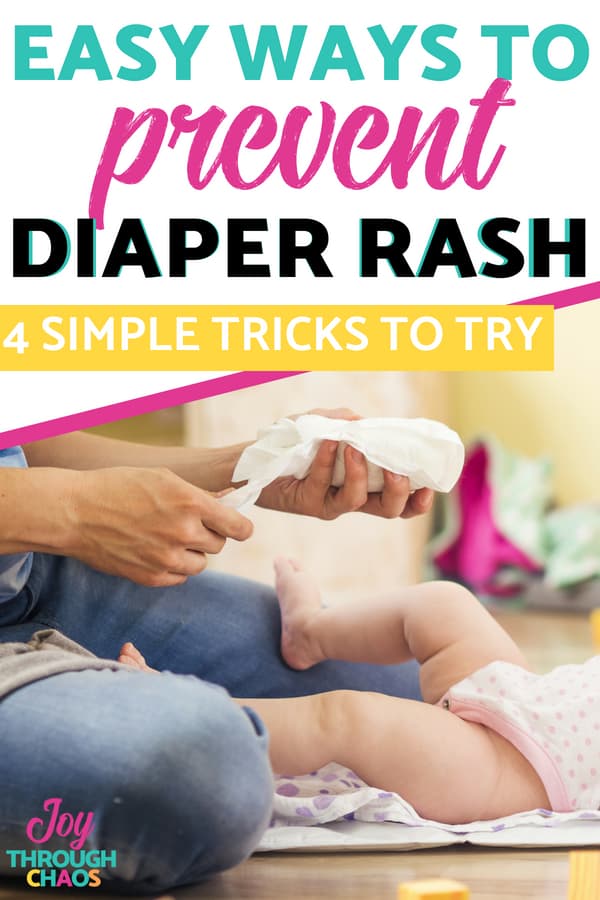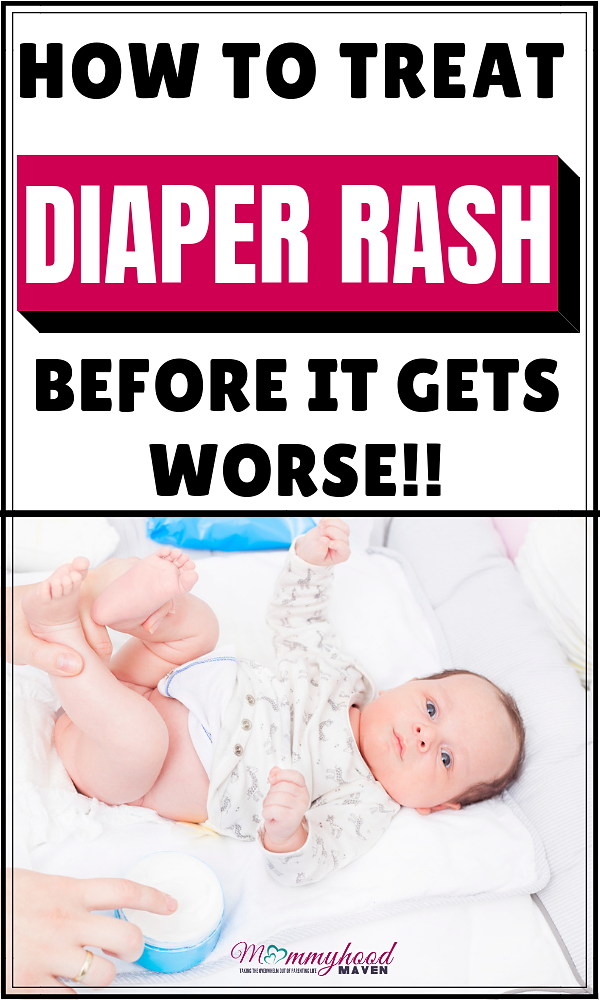When To Consult A Doctor For Nappy Rash
Diaper rash usually clears up after a few days when treated at home.
If it doesnt, further action needs to be taken.
If your baby has any of the following symptoms, consult a doctor right away.
- Fever
- White patches on the mouth
- Rash looks like small pimples
- Pus on the rash
Although a rash in the nappy area is common, you can definitely avoid it.
Dont feel bad if your baby does develop it though, sometimes it happens even when you have done your best to prevent it.
What is important is knowing what to do once you spot a rash developing on your babys bottom.
Use these helpful tips to prevent diaper rash and make use of home remedies to treat rash if it appears, most importantly, know which signs to look out for if your babys diaper rash actually needs to be checked out by a doctor.
Read Next
Ditch Perfume And Toxic Chemicals
Avoid using perfumed products on your babys skin, especially on the nappy area.
Diapers with fragrance, diaper barrier creams, wipes, and any other perfumed products you use on your babys bum are more likely to increase the chances of a diaper rash.
Choose non-fragranced whenever you buy baby items.
Besides, baby products with fragrances are generally not safe for your babys skin anyway.
If using cloth diapers, irritation could be stemming from the laundry soap you are using. Switching it can help avoid diaper rash.
Read Also: The Most Dangerous Baby Products Parents Are Still Buying
How Should I Treat My Babys Nappy Rash
- Use plain water-soaked cotton wool or pads to clean your babys skin, especially their skin folds.
- Change your babys nappy frequently at least 6 times each day and every time they poo.
- Try using disposable nappies while you baby has nappy rash. These will help to keep their skin dryer than cloth nappies.
- Dont put their nappy on too tight. Air flow around the rash will help it to clear.
- Every day, give your baby time to kick freely without their nappy on.
- Use a good quality barrier cream. Apply it thickly enough to create a barrier between their skin and any wee or poo. Zinc creams work well.
- Warm the cream between your fingers before smearing it onto their skin. This will help the cream to spread.
- Avoid using talcum powder or antiseptic wipes, as these could irritate your baby further.
- Use an anti-fungal cream if you think your baby has thrush. Check with your child health nurse, GP or pharmacist if unsure.
- Hydrocortisone cream can be prescribed for a red, inflamed rash.
- Use a gentle baby wash at bath time. Avoid using bubble baths or strong smelling washes and soaps.
Read Also: How To Make Baby Formula For Newborn
Avoiding Other Causes Of Diaper Rash
How Do You Treat Diaper Dermatitis

General principles to keep in mind when dealing with this rash:
Keep this area dry and clean. Be prepared to use a barrier cream such as Desitin Zinc Oxide.
As a parent, always wash your hands before changing your babys diaper as to not introduce any other harmful organisms to the area.
Do not let a baby sit in a wet or soiled diaper for too long. Common sense I know but you would be surprised.
During and after diaper change:
Clean the skin with water and gentle cloth. Avoid anything harsh or anything that might have harsh chemicals in them.
Pat dry or allow to air dry. Increased friction can make things worse.
Use a protective emollient such as petroleum jelly or anything with zinc oxide in it as mentioned above.
As your baby is introduced to foods, write down what foods are more likely to cause this rash and adjust their diet accordingly.
If the rash seems to be too severe and not going away then seek out the advice of a medical professional. They will likely need a steroid cream to help with inflammation and an anti-fungal cream to help with secondary infections.
Aloe vera is and will always be your friend. Anecdotally, cornstarch is not a bad idea to try as well.
Skincare Made Easy is a reader-supported publication. To receive new posts and support my work, consider becoming a free or paid subscriber.
You May Like: How Many Ounces Should A Newborn Drink
Consider Alternative Soothing Remedies
Some people claim that alternative or natural remedies provide better relief for their childs diaper rash.
However, most of these methods havent been researched and arent backed by scientific studies. Use caution with any of them and stop if you notice that the rash is getting worse or doesnt seem to be healing.
Popular alternative remedies include:
What Causes Diaper Rash In Babies
When the skin is exposed to urine or stools for a long period of time, nappy rash can develop.
The chances are higher if your baby has sensitive skin, prone to eczema, pees often, or has frequent bowel movements.
If your little one has sensitive skin, using a new product can irritate the skin and cause a rash. This includes diapers with fragrance and laundry soap.
Rubbing sensitive skin can also trigger a rash.
Sensitivity to a certain kind of food can also cause a rash once a baby passes stools.
Also Check: How To Make Newborn Fall Asleep
Signs Of A Baby Diaper Rash
A diaper rash is generally easy to spot. Watch out for shiny pink or red patches on your babys skin, which are common in mild diaper rashes. But sometimes, the onset of a diaper rash can be noticed when your baby is fussy during diaper changes or when being washed. Meanwhile, in more severe cases, there will be spots, blisters, and even open sores.
Dont Miss: How To Feed A Newborn Baby With A Bottle
Treatment For Nappy Rash
The aim of nappy rash treatment is to repair the damaged and irritated skin and protect it from any dampness and friction that might cause more damage.
Change your babys nappies frequently Frequent nappy changes keep the nappy area dry and give your childs skin a chance to heal. Check your child every hour or so to see whether their nappy is wet or soiled. Change wet or soiled nappies straight away.
Clean your babys skin Use lukewarm water and cotton wool or a light cotton cloth to gently clean your babys skin after each nappy change.
When you bath your baby, use a gentle, soap-free wash. Pat your babys skin dry and gently apply a simple moisturiser.
Use a protective cream after each nappy change Apply a simple, cheap barrier cream at every nappy change. You could use a zinc cream or a petroleum jelly like Vaseline. You can get these creams from a supermarket or your pharmacy without a prescription.
You should apply the cream thickly enough to create a barrier that stops wee and poo from getting onto the skin. Youll know youre putting the cream on thickly enough if you can still see some of the cream at the next nappy change.
Nappy-free time Give your babys bottom some air for as long as possible every day. Let your baby play or sleep without their nappy just put a towel underneath them.
To allow air to circulate freely and reduce friction, you could also fasten your babys nappy loosely or use a larger nappy.
Also Check: How To Help A Constipated Newborn
Tips For Preventing Diaper Rash
These tips will keep your babys bottom clean and dry, preventing excessive outbreaks of diaper rash and helping to heal areas that are already irritated:
The Dreaded Diaper Rash: A Pediatricians Advice For Preventing And Treating An Angry Bottom
Your child will likely spend two to three years in diapers. Regardless of the type of diaper you choose, you can expect to battle at least a few diaper rashes. They are common and rarely dangerous, but with these prevention and treatment pointers, you should be better equipped to handle and conquer even the angriest of diaper rashes.
Most diaper rashes are caused when a babys sensitive skin comes into contact with urine and stool. Pediatricians call this diaper dermatitis, which literally means skin irritation from the diaper. This can generally be prevented with a simple coat of clear petroleum or non-petroleum jelly, or ointment applied to the skin of the diaper area. The ointment creates a barrier to protect the skin and makes it easier to wipe clean the sticky meconium stools babies pass in the first week after birth.
Although most diaper rashes are not dangerous, as with all skin conditions in little ones, its important to know the signs of something more serious. Always call or see your pediatrician if:
Tanya Altmann, MD, FAAP, is the founder of Calabasas Pediatrics Wellness Center, spokeswoman for the American Academy of Pediatrics, author of Baby and Toddler Basics: Experts Answers to Parents Top 150 Questions, and mom of three.
Follow for more essays, news and updates, and join our discussion group here to talk about parenting and work. You can for our weekly newsletter.
Read more:
You May Like: What Is Jaundice In Newborns
When To Call The Doctor About Diaper Rash
Let your babys doctor know if:
- The rash gets worse or doesnt respond to treatment in 2-3 days
- Your baby has a fever or seems sluggish
- You see yellow, fluid-filled bumps and honey-colored crusty areas. This might be a bacterial infection that requires antibiotics.
- You notice symptoms of a yeast infection:
- A swollen red rash with white scales and lesions
- Small red pimples outside of the diaper area
- Redness in the folds of your babys skin
Your pediatrician can prescribe an antifungal medicine to clear it up.
Also Check: How To Take Care Of Newborn Baby Girl
Do: Avoid Wipes If Possible

You read that right. Baby wipes, even the ones marketed for use on sensitive skin, can still be irritatingespecially when your baby has a diaper rash.
Believe it or not, warm water with mild non-fragrant soap and a cloth is often enough to clean up their pee and poop. If you do use baby wipes, choose water-based ones that are free of dyes, scents and alcohol.
Don’t Miss: Is It Ok For Newborns To Sleep On Their Side
How To Heal Your Babys Diaper Rash
Everything you need to know to treatand preventthat dreaded diaper rash
Special thanks to Michael Cosimini, MD, for contributing to this article.
If your child is in diapers, at some point you will probably deal with a diaper rash. At least half of all babies develop diaper rash.
But while diaper rash is a common problem, there is plenty you can do to help your baby. With a few simple steps, you can soothe that skin, speed healingand help prevent another rash in the future.
Tips For Treating Diaper Rash
A diaper rash can range from mild to severe. With a mild rash, you might see small pink or red spots or patches. In more severe cases, the spots will be brighter red, or the skin may be cracked, broken or blistered. The rash may spread down to the legs or up the abdomen, and your baby may be crying or in distress.
The sooner you start treating the rash, the better. Below are some time-tested tips to help that diaper rash disappear. These same tips can also help prevent future rashes, or at least make them less frequent and less severe.
Recommended Reading: Why Is My Newborn Fussy After Eating
What Are The Symptoms Of Nappy Rash
The main symptom of nappy rash is red, raw skin in the nappy area. The rash might spread to the babys tummy or up their back. The skin might be raised or swollen.
Sometimes the rash is spotty. It will be sore and itchy for your baby. This can make them irritable or unsettled.
Let Your Baby’s Skin Breathe
Try to air out your baby’s skin regularly with no diaper time for short periods. It’s also a good idea to use diapers that are a little larger than your baby needs while treating diaper rash. This allows your baby’s skin plenty of air to heal and dry out a little to stop the rash from getting worse.
Also Check: What Things To Buy For Newborn Baby
When Should You See A Doctor
Diaper rash usually clears up in 2-3 days. If you noticed continued symptoms or any of the conditions below, its time to call your doctor. They can provide further care specific to your childs particular needs and ensure your childs health and well-being.
If the rash:
- Gets worse despite home treatment
- Bleeds, itches or oozes
- Causes burning or pain with urination or a bowel movement
- Or is accompanied by a fever
its time to call the doctor.
Breastfeeding May Offer An Advantage
Let us be clear: fed is best. Some women choose not to breastfeed, or they arent able to successfully do so, and as such, they may choose to supplement with formula. However, breastfeeding has a variety of health benefits, including possible preventing diaper rash as some research suggests. Winnie Palmer Hospital explains, Breastfed babies tend to suffer from diaper rash less than babies who arent breastfed so if youre on the fence about breastfeeding, add this to your list of reasons in favor of it. So, if you have the opportunity to breastfeed, preventing diaper rash is one of the many reasons you may be inclined to continue on with it.
Also Check: Can Newborn Babies Sleep With A Pacifier
Bacterial Or Yeast Infection
If a baby is suffering from an infection of any kind, it can quickly spread to the surrounding area as well. Since the skin around the buttocks, thighs, and genitals is mostly damp, they are more prone to infections. If a diaper is worn along with it, it can lead to rashes that appear in the skins creases.
Dr Chakravarty, further suggests that it is important to meet a doctor or a paediatrician, if the rash:
What Causes Diaper Rash

Usually, diaper rash is the result of an irritation, infection, or allergy.
- Irritation. A baby’s skin can get irritated when a diaper is left on for too long and poop rubs against the skin repeatedly.
- Infection. Urine changes the skin’s pH levels, and that lets and grow more easily. The substances that stop diapers from leaking also prevent air circulation, creating a warm, moist environment where bacteria and fungi can thrive, causing a rash.
- Allergies. Babies with sensitive skin also can develop rashes. Some types of detergent, soaps, diapers , or baby wipes can affect sensitive skin, causing a rash.
Also, starting new foods can change the content and frequency of a baby’s poop, which can sometimes lead to a diaper rash. And diarrhea can make an existing case of diaper rash worse.
Diaper rash that lasts for more than a few days, even with changes to the diapering routine, might be caused by a called Candida albicans. This rash is usually red, slightly raised, and has small red dots spreading beyond the main part of the rash. It often starts in the deep creases of skin and can spread to skin on the front and back of the baby. Antibiotics given to a baby or a breastfeeding mom can cause this, as they kill off the “good” bacteria that keep Candida from growing.
Recommended Reading: Why Does My Newborn Cry After Feeding
